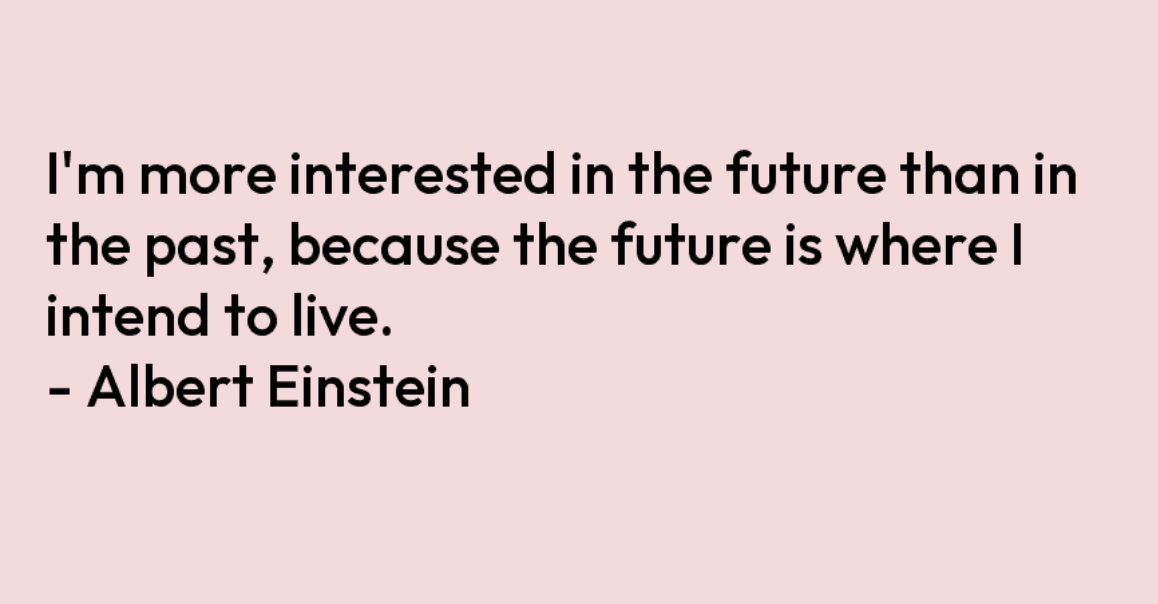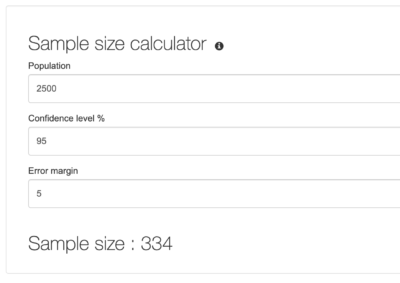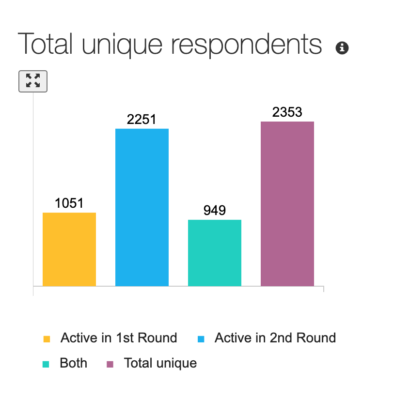We now know that, as employees, we are keen to be involved in the challenges facing the organization. We want to share our thoughts and participate. It is in us, in people. Terms like co-creation, dialogue and collective intelligence are already quite normal for modern organizations that embrace the future of work.
Yet for many organizations, too often, they think that employees do not want to participate, do not know, and they throw one (pulse) survey after another at them without truly engaging them to help understand and solve matters. HR and management take the poor response, absence of the real ‘why’ and ‘how’ behind the numbers, and survey fatigue for granted. We know that plenty of organizations let this happen, with genuine despondency or reasons such as ‘we stick to our survey approach’. Read more about how to deepen and continue the survey afterwards with the CircleLytics Dialogue here.
A poor or outdated employee survey leads to unnecessary loss of engagement and enthusiasm of people and therefore loss of performance of your organization. If your organization is in a constant state of change, as I’m sure it is, and people leave pretty quickly when they can, you need all your employees extra badly. Without them, nothing happens. So you want a high response rate on everything you do with them. Agree?
We are often asked about our golden tips for getting such a high response rate on our employee dialogue,s up to 84%. Besides this high quantity, we are increasingly famous for the high quality of the responses and the rich insights that management can immediately put to work. We base these golden tips on 1,000 deliberate open-ended questions asked by 300+ organizations to many 100,000s of employees. So they are actual experiences rather than tips.
Wonder which ones you recognize, apply or want to try?
First some serious tips, then a list of lighter, still useful, stuff.
Ready?
Read here also our blog “We are already conducting employee surveys. Why do we need dialogue?”
From generic, closed questions to specific, open-ended questions
Nothing is general. No culture is the same. You serve a slightly different market. With different talented employees than your competitors. You set yourself apart as much as possible. You innovate and change constantly. Just as every person is unique, so is every team and organization. As a result, you have to deal with unique, specific situations that others simply do not know. You want to improve, strengthen and change your specific situation with us, the employees. Our first experience is that you have to let go of asking only general, closed questions. You may think you are safe with closed questions, because you asked them last time and others in your industry do the same. However, specific, open-ended questions will solve your specific problems and ensure that you take employees along in making change happen, embrace change.
Limit the number of questions and focus on relevance
If you want people to focus on answering your questions, you better make sure your questions are relevant. This is how you keep people’s attention. And that is what we want. We don’t want to respond to dozens of topics that don’t mean that much to us. It makes us tired, confused and irritated. Don’t just focus on one or two relevant topics at the most; focus on the essence. What is  the one question that makes the difference and triggers discussions and thoughts, and that people want to answer? Focus more on questions about the present and the future, instead of the past. Read our White Paper that includes 18 guiding principles to design your own rock-solid, open-ended questions that lots of people really want to answer.
the one question that makes the difference and triggers discussions and thoughts, and that people want to answer? Focus more on questions about the present and the future, instead of the past. Read our White Paper that includes 18 guiding principles to design your own rock-solid, open-ended questions that lots of people really want to answer.
Plan the follow-up in advance and … stick to it.
Deliberate open-ended questions deliver deliberate open answers. A goldmine for managers. When you ask for solutions and receive them, arranged and explained, you can take action. Immediately. Finally. And we, as employees, support these solutions because we helped come up with them ourselves. Open-ended questions make it so much easier to follow up on your employee survey. Ask questions that match your management agenda, or first examine with managers which topics, changes and challenges are the most important. Turn these into rock-solid open-ended questions and send them out. The answers roll in within the first few hours. And after a few days, you can ask the group to rate and prioritize their answers and comment to that. Just like that, in your dashboard and reports, without having to do anything. So in the invitation, already tell them that you will start working on the answers. And moreover, tell them when they will hear or see something of it. Rewarding too because the actions you can take now will be visible soon. Walk their talk. This way, you build up trust and credibility. And that trust will help you in your next dialogue, when you want to understand, solve and improve things together with people again.
Curious? Plan your demo or just an exchange of thoughts with the CircleLytics team here.
Use the power of dialogue: that second round, people are so curious!
Make sure that the open-ended questions you ask are followed by the built-in 2nd round of CircleLytics Dialogue. People can then indicate which ideas and answers of others they like or dislike. Each person takes on a different set of answers of 10-15. There are a number of reasons for this process; open answers are best processed by people. After all, they understand the context, the language of the workplace and they can read between the lines. No algorithm is capable of doing what a human being does: producing meaningful language and understanding what another person says and means. Another point of attention is that the second round of dialogue stimulates people to think again about your questions which leads to new thoughts. They usually score positively on answers that do not resemble their own! So you get truly unique, otherwise unobtainable, insights. 70% of the people even rate much more than 10-15! No wonder the CircleLytics Dialogue scores an 8 on a scale of 10; they simply find it a lot of fun to do! It often even attracts additional, unique participants who did not (yet) participate in round one!
Please state in your invitation that this is nót a survey
Surveys are simply not popular anymore. You have to do something new here. Employee surveys suffer from this even more: too often, an agency has let slip who did not respond, violating privacy and damaging reputations. Moreover, surveys do not explicitly ask for participants’ own open answers but tick off questions with smileys and scores. This does not do justice to the value of people, their experiences, their knowledge and their ideas. So announce immediately, if your organization has been working with surveys, that this is not one, and that their own opinions are now central. That will immediately wake people up and get them involved, which is exactly what you want. One of our clients Royal HaskoningDHV explains how CircleLytics Dialogue increases employee engagement.
Quality over quantity?
To validate the results of your research, you need a good response rate. Statistically considered and calculated, for a group of 2,500 people for example, this is easily a response of 300 people. In CircleLytics Dialogue, you will find the calculation module (see screenshot) and you can enter your population, required reliability (representativeness for the entire group) and error margin (how deviant the entire group would react).

In the case of difficult or very creative questions, it is possible that your response in the 1st round is lower than average, but of high quality. That is why the 2nd round is so valuable: people are delighted that others have completed the 1st round and they can contribute in the 2nd round. Reading dozens of ideas and contributions from others, reflecting on them and scoring them, selecting important words and explanations is unprecedentedly valuable. Your unique response after those two rounds (unique participants, i.e. de-doubled) will then increase considerably, often by 10-25%. Then promote the second round strongly, with a good, appealing invitation to the second round. With the tips and experiences from this blog and our White Paper for rock-solid open-ended questions, we will help you to maximize the response rate, even for difficult subjects or subjects that require creativity. In your dashboard, we keep track of your unique response across all your dialogs. It is very useful to see that over time you have reached most of your organization once or more!
Next to the above tips and experiences, we have compiled the attached list of all kinds of tips. We will take these and other experiences with us to make your dialogues and employee surveys smarter and richer too!
Extra tips:
- Keep your language simple but don’t simplify the subject
- Give advance notice of the upcoming dialogue through a known channel and show and tell what is to come
- In your invitation (email/announcement), tell people that you need them and value their opinions.
- Immediately tell them it is anonymous and repeat that word often.
- Tell them what’s in it for them: learning from other opinions is hugely valuable, as is a measure of influence on decision-making.
- Be transparent and show vulnerability: tell them that you do not understand something and what that is as an introduction
- Announce the 2nd round and choose your language; ask them to prioritize? vote? choose?
Some more tips:
- Use 1 or 2 reminders per round and make them appealing and challenging
- Use different (trusted) communication channels, in addition to their e-mail, to reach them
- Recruit the largest possible, relevant group of participants so that your issue resonates even more
- In your invitation, explain what you have been able to do with the previous dialogue output: show that they have influence
- Use images to recruit people on intra/internet
- In the invitation of the 2nd round, repeat the reason for asking them again
- Make sure your salutation is appropriate for the target group and the subject, so choose your tone and words well
- Add a video in which someone explains the importance of participation and what is being done with it.
Quite a bit of work right?
Yes, questioning people is quite a bit of work. Designing a handful of deliberate open-ended questions can be a challenge. But after that, everything rolls in by itself! Because of the dialogue form of CircleLytics, the difficult work is done by participants, and they love it and execute that task collectively. They are taken seriously, they value, prioritize, and enrich, and – with some help of our AI / language processing and reporting – instant results are available. But you have to think about your questions cleverly and recruit as many people as possible. Remember: people love the dialogue and your open-ended questions. With that, the hardest part is behind you and most of the question ‘how do I recruit people’ is answered and you are up for a high response.
You can always ask us for help in designing and recruiting for your dialogues!
Contact us today to get started tomorrow.


